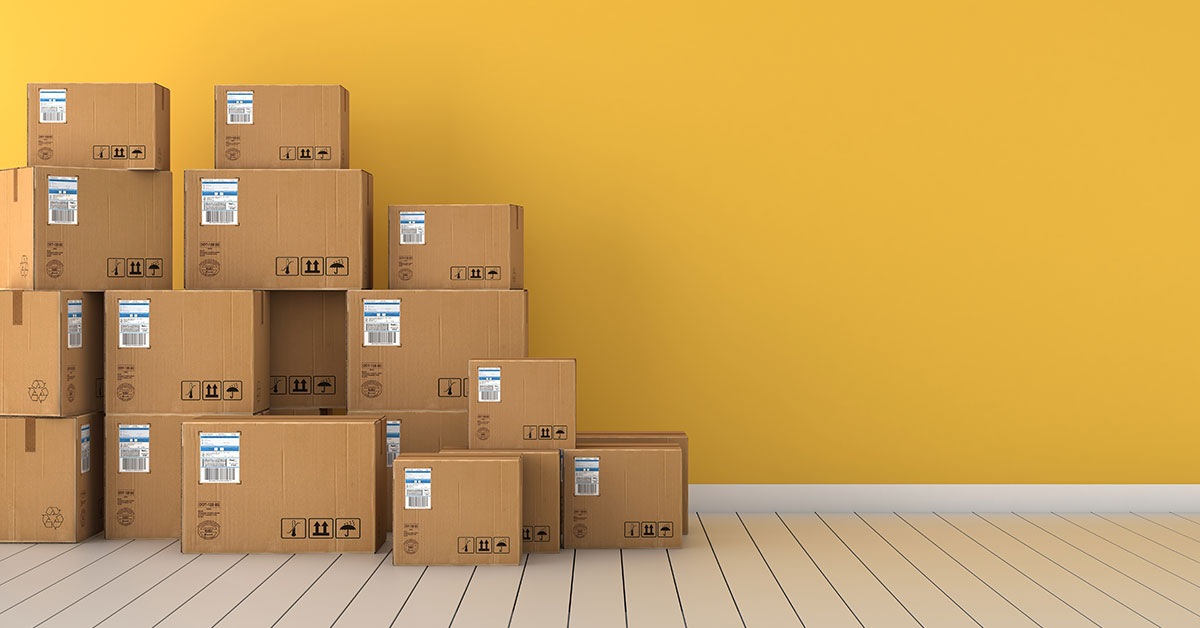
5 Most Common Shipping Mistakes That You Must Avoid
According to some sources, over $800 billion changed hands via e-commerce merchants in the U.S. alone in 2020. Perhaps you have been operating an e-commerce site for some time now – or perhaps you are new to e-commerce and are planning a rollout of your own site.
What is a Good e-Commerce Shopping Experience?
A “good shopping experience” for your customer is not just limited to having a site that is easy-to-navigate, with good product descriptions and detailed photographs. It is not just about having competitive pricing, or clearly-posted policies regarding returns and refunds.
No, it’s after the sale — when the customer has checked out and money has changed hands — that the real work of satisfying your customer begins: You have to get their items to them – the correct items – in a timely manner, undamaged and ready for their use. Consumers today expect nothing less than that, and as consumers ourselves we expect that of businesses we shop with.
Whether you are a beginner or are already operating your own site, there are some shipping mistakes that you MUST avoid, at all costs —
Delays and Mistakes in Order Processing. Once your customer has visited your site and placed an order for items, that order must be fulfilled and shipped out to them. This is the point where things can go wrong. For example, some backend order fulfillment systems generate a huge amount of printed documentation. This paperwork can be easily lost or mixed up with other orders.
In addition, if workers must make lots of manual entries, under the stress of trying to meet deadlines and stay on top of orders, many mistakes can be made. To minimize these mistakes, and the delays that they can cause, your fulfillment system should be as automated as possible, keeping printed paperwork to a minimum, and data-entry must be verified to minimize fulfillment mistakes.
Incorrect Items Being Shipped. Probably nothing irritates customers more than being shipped the incorrect item — or the wrong quantity of items. These are known as “picking errors” and they result from warehouse workers “picking,” or selecting, the wrong item(s) from the shelves when the order is being prepared.
Depending on the type of merchandise being sold, picking mistakes can happen very easily. For example, those facilities fulfilling clothing orders must be careful to ship the correct item(s) in the correct style, color, size as well as quantity. Your picking process should allow for quick, accurate picking even when your workers are working at top speeds.
Your picking system should be easy-to-learn by your workers, be logical in structure and minimize unnecessary warehouse traffic, allow for quick restocking and also interface well with your inventory system to prevent unnecessary delays in order fulfillment due to a high number of backorders.
Incorrect Packing and Labeling. Often customers will receive damaged goods when their order is received. While the risk of item damage cannot be reduced to zero, you can certainly minimize the chances of this happening by making sure that the order is packaged carefully. This means that the correct type (box, bag, tube, etc.) must be used, of the correct size, and proper interior cushioning must be used to eliminate product shifting and rattling which can cause it to be damaged during transport. This is not just a matter of having a variety of shipping materials/containers available — you also need to make sure that your workers know when to select each type, how to pack the items securely, and how to seal and affix the shipping labels correctly to each package.
Carrier-Related Issues. Smaller e-commerce sites, especially, may be limited in their shipping options. This is a big risk as you are placing all of your “eggs” in one basket, so-to-speak. If your carrier experiences disruptions due to weather, labor trouble or high order volume, what will you do? If you currently ship via UPS, what about customers who want their shipment to go to a P.O. box, as UPS will only deliver to a street address? A carrier that is good for domestic deliveries may not be the best option for shipments overseas. That’s why the big boys (think Amazon) offer a variety of shipping options. But are your workers knowledgeable about differing carrier requirements — and more importantly, do they know the best carrier options for different types of orders?
Delivery Verification Issues. It is basic to e-commerce, of course, to provide your customers with a tracking link to that they can “follow” their delivery until it reaches them. What is not so obvious, however, is that you need proper documentation of the process as well. For example, if a shipment is received damaged, you need to have documentation that the package was initially received by your carrier in good condition (essential to proving that the damage was sustained in transit to its destination and not because of improper packing). Your carrier(s) must be able to document everything that has happened to your shipment, and there must be some mechanism in place to facilitate returns if damaged merchandise must be inspected by you, or returned to you if it was improperly picked.
A Final Recommendation
If the above discussion has left your head spinning (“How am I ever going to get all of this done? This sounds really expensive and I don’t have the time for all of this…”) did you know that there is another alternative? Simply put, instead of trying to “reinvent the wheel,” why not use a third-party logistics company for order fulfillment and ship-out?
These companies are specialists and can set you up with your own e-commerce fulfillment center, leaving you free to handle the customer-facing aspects of your business like marketing/advertising and web portal operations. These companies can save you a lot of unnecessary expense, frustration and wasted time.
They know what to watch out for, what works, and what does not work and can tailor a logistics system to your exact needs, your company size as well as give you options you can exercise, over time, as your business grows.
